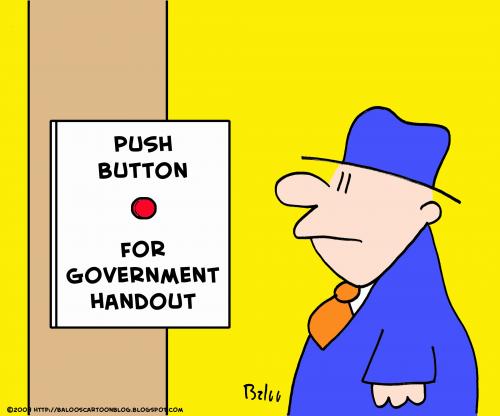
Independent oil & gas producers don’t need subsidies any more than big oil does
 The Independent Petroleum Producers Association is currently in overdrive parading a commissioned study that makes a number of claims about its member’s value to the economy. According to the study, independent oil and gas producers drill most of the wells in the country, create millions of jobs and pay billions in taxes and royalties.
The Independent Petroleum Producers Association is currently in overdrive parading a commissioned study that makes a number of claims about its member’s value to the economy. According to the study, independent oil and gas producers drill most of the wells in the country, create millions of jobs and pay billions in taxes and royalties.
Furthermore, they expect their contribution to grow in the coming decade. The study is aimed at Washington policy makers who are considering doing away with over $4 billion annually in tax breaks and subsidies to the oil and gas industry in an effort to trim the budget and channel such public largesse towards cleaner forms of energy.
It has clearly escaped the IPAA’s notice that it may seem incongruous to some that at a time when people are losing benefits, social services and health care provision to federal budget cuts, not to mention facing increasing energy costs, this industry is pleading to keep its social security by boasting about just how profitable it is.
Nothing could be more ridiculous than handing the oil and gas industry government assistance when oil is at $110 a barrel. It’s like giving food stamps to Warren Buffet. That these companies’ trade association is marching out the statistics for just how successful and lucrative they are in order to make their case is surely an example of how the vast influx of easy money has divorced its proponents from reality.
Let’s take a look at how much profit these companies are likely to be making at current oil prices.
In the IPAA’s recent survey of its members, the ‘Profile of Independent Producers 2009’, producers revealed the costs of operating their most marginal wells. Now usually ‘marginal’ means least profitable but it’s unclear as the document does not discuss other forms of production. However, the median operating costs for the three categories of producer (small, medium and large) ranged from $20-26 per barrel of oil equivalent (Boe). Adjusting for inflation, we have not seen oil prices that low since 1999.
So those ‘marginal’ wells have been making good money even in the 2009 slump and are making a killing by anyone’s standards over the last few months.
One of the most important growth areas for these onshore independent producers is the Bakken Shale in North Dakota which has been the big success story of the past few years and has significantly helped to raise total U.S. oil production for the first time in years. Now this is a technology heavy unconventional play that requires horizontal drilling and hydraulic fracturing (‘fracking’) analogous to controversial shale gas production. Costs are higher than that suggested by the marginal oil figures given above so let’s see if the hard pressed independent producer can make a buck there.
The EIA states that production of shale oil in the Bakken formation rose from 3000 b/d in 2005 to 225,000 b/d in 2010. PFC Energy expects it to rise to 450,000 b/d by 2013. So this is clearly a big growth prospect for the industry.
Several commentators in an article for Risk.net last month extolled the comfortable margins shale oil producers are enjoying today. Most estimate that Bakken oil shale is economic at $50 a barrel while a Wood Mackenzie analyst suggested that some Bakken projects could operate at $30 per barrel.
With today’s oil prices there would seem to be more than a few pennies to be eked out of the Bakken shale then.
Even the relatively low price of gas today does not seem to be a hindrance for many producers in the U.S. onshore. Not only are they finding that they can use existing infrastructure to drill for more profitable oil but some have recently boasted that they’re making a killing on gas too, even at today’s low prices.
Platts Commodity News reported last month that two independent producers, Range Resources and Southwestern, were boasting at an energy conference in New Orleans that they had become so skillful at drilling for shale gas they can now produce gas for 0.86-$1 /Mcf and expect costs to fall further. Gas is currently wholesaling at over $4/Mcf.
I wonder how many other industries making more than a 300% margin on their primary product are receiving government handouts today. I’m not sure there are that many but if I was in Congress I’d be uneasy about defending their tax breaks and subsidies while asking the struggling American middle classes to vote for me.
